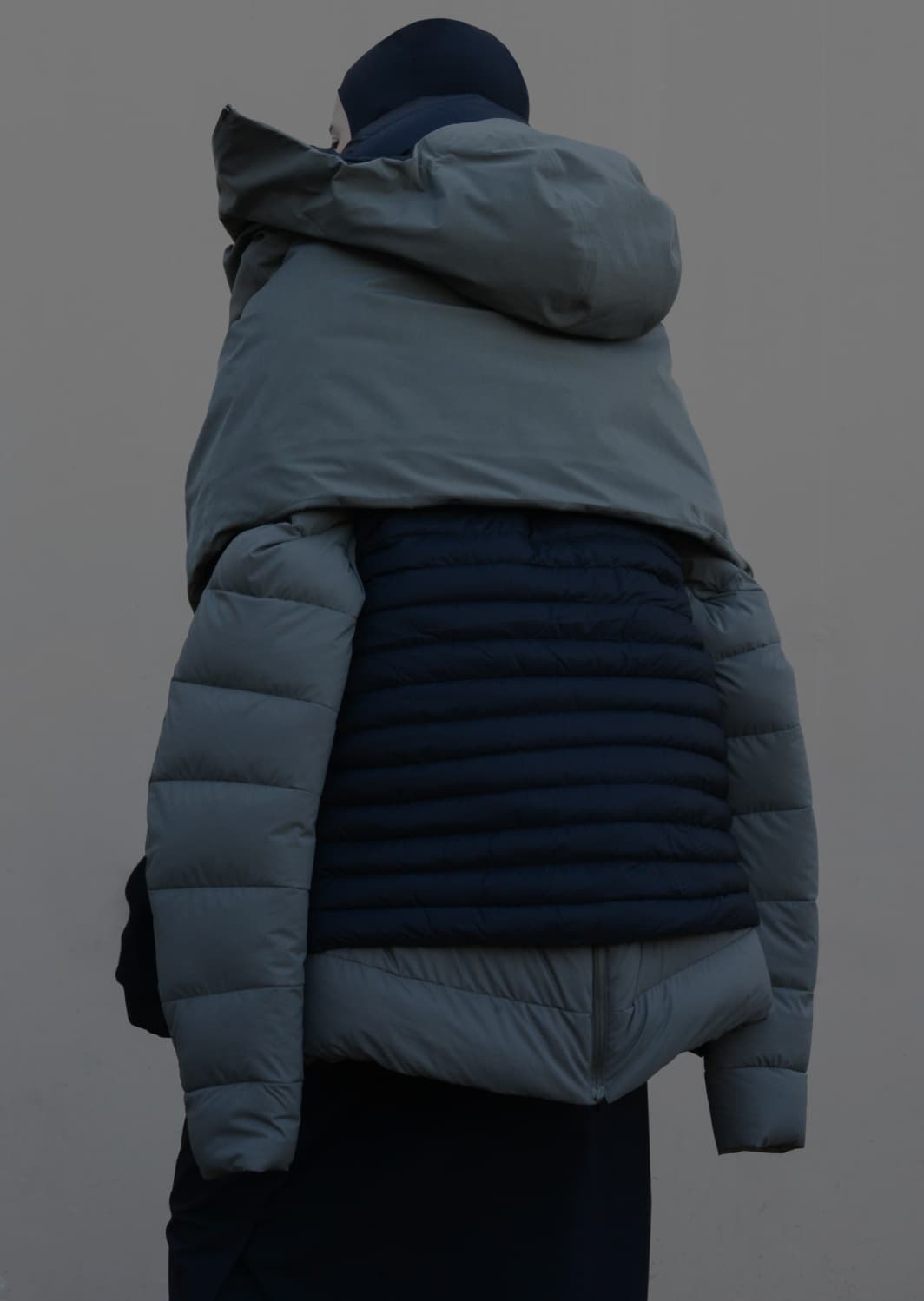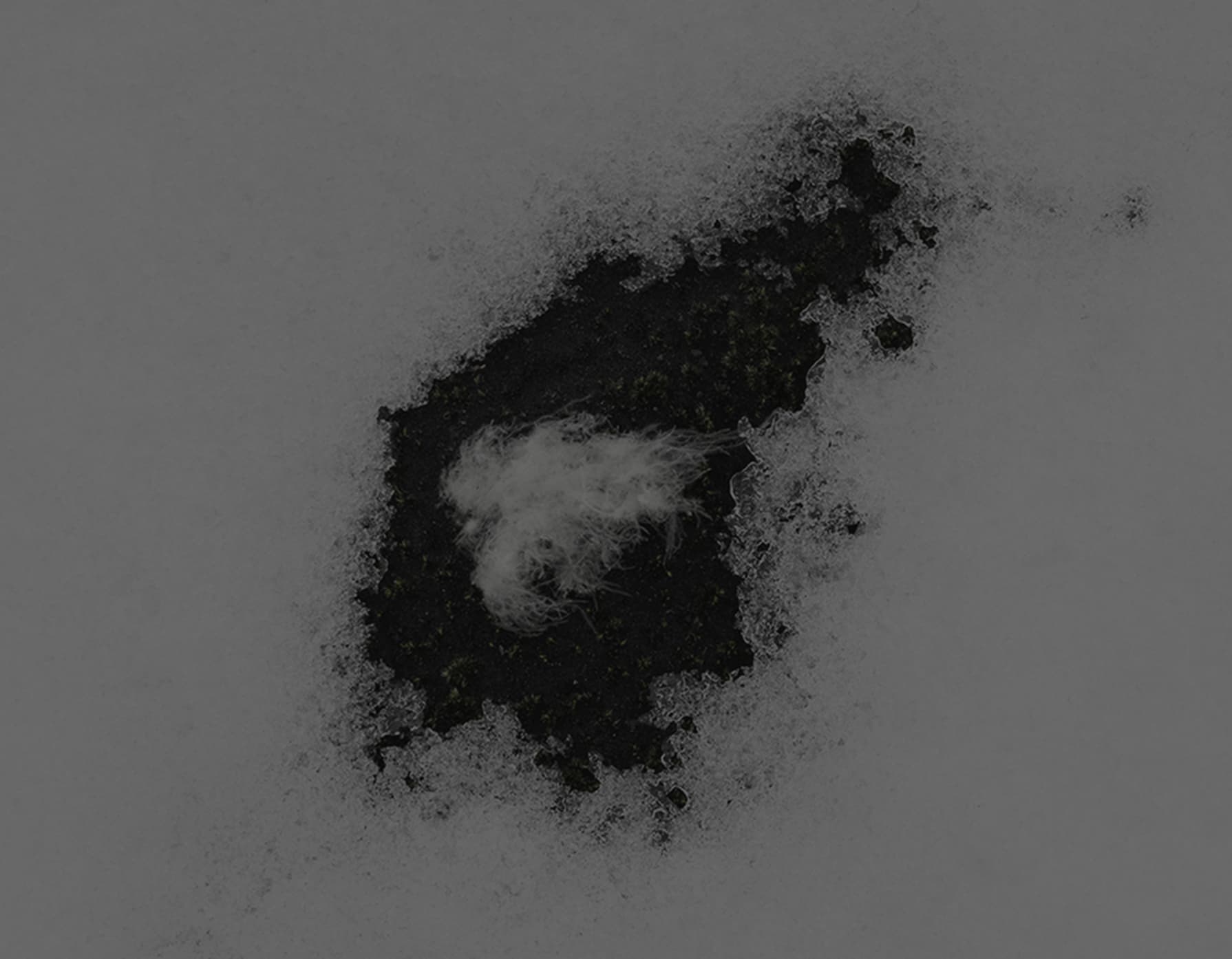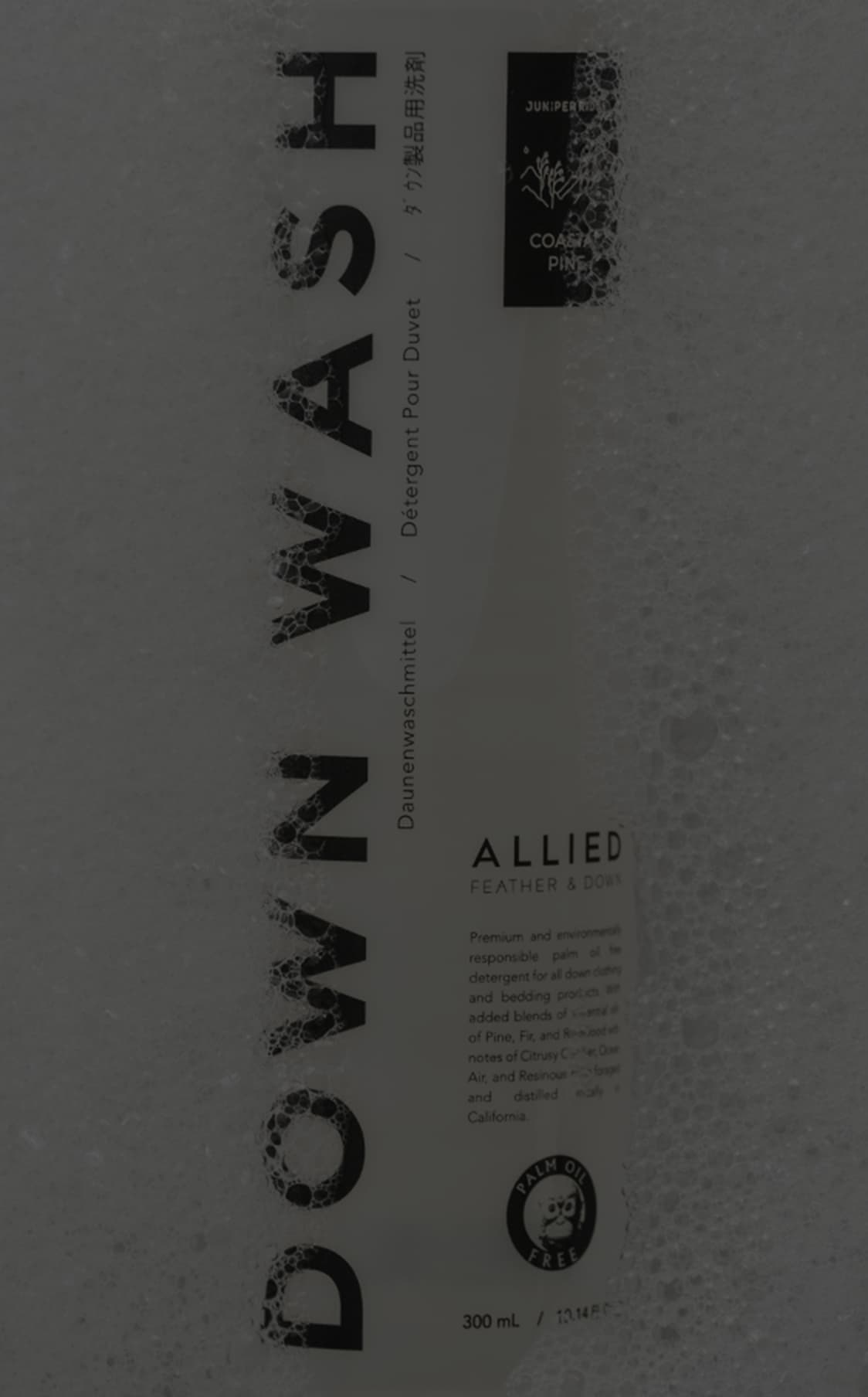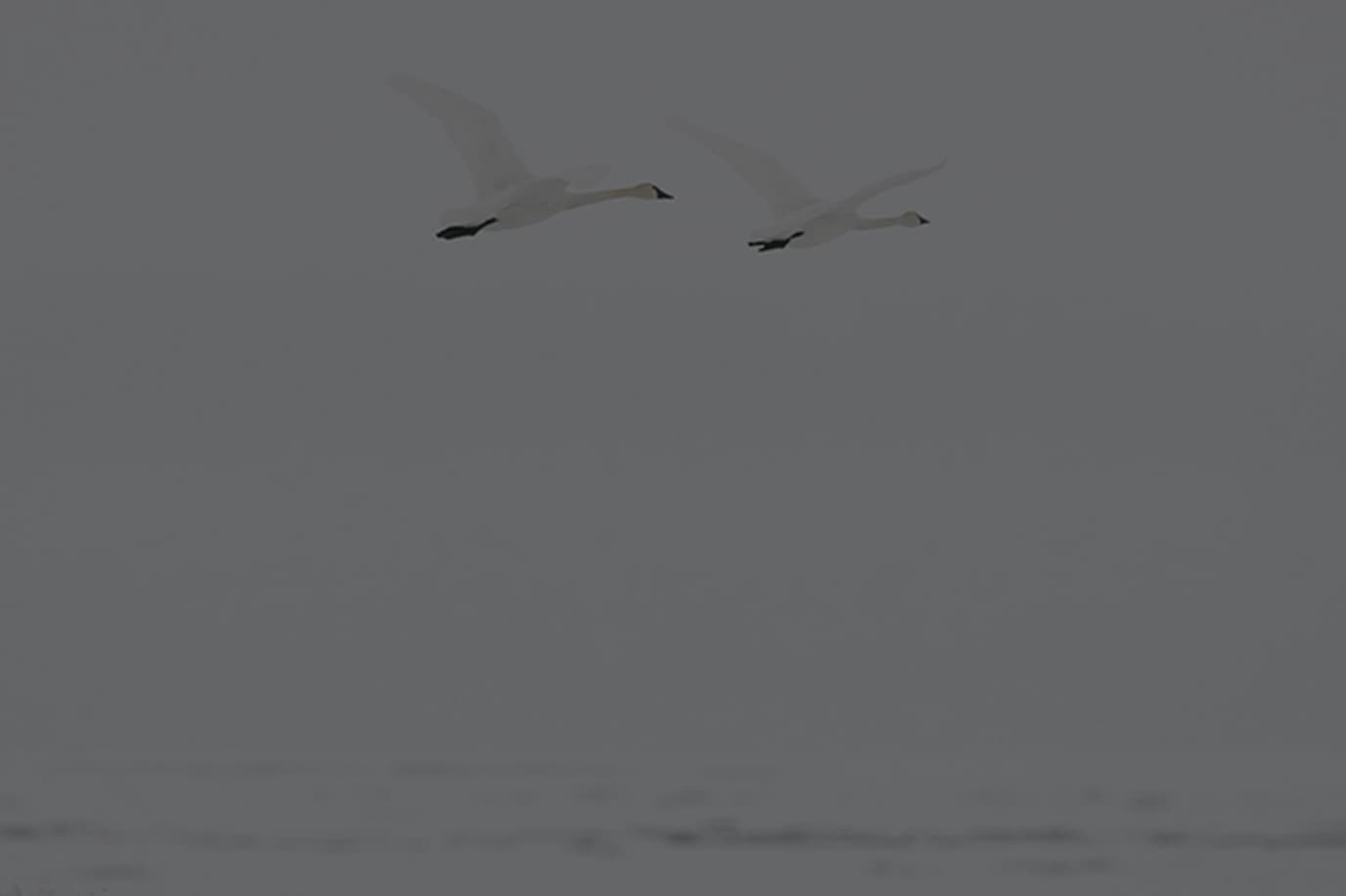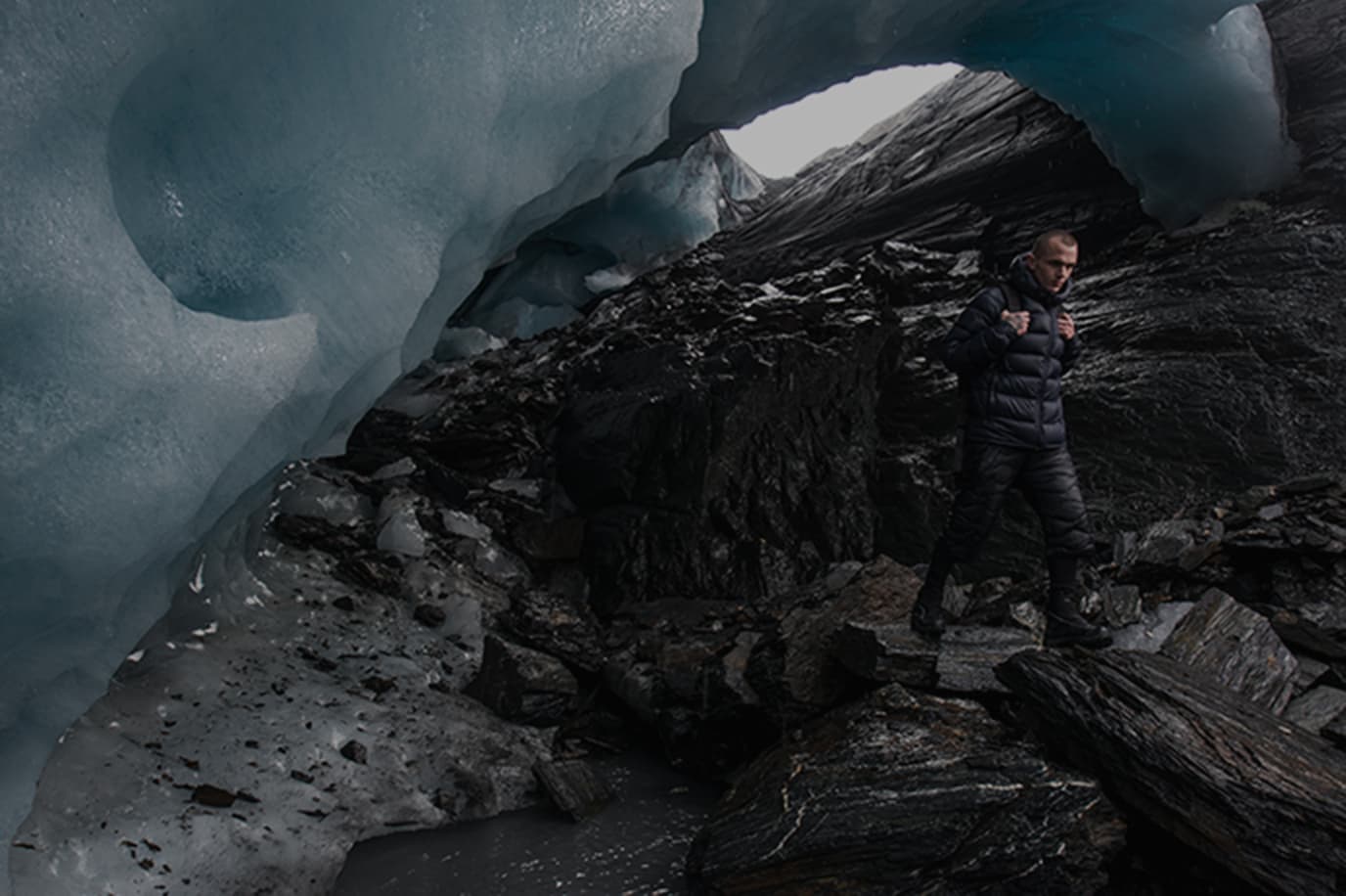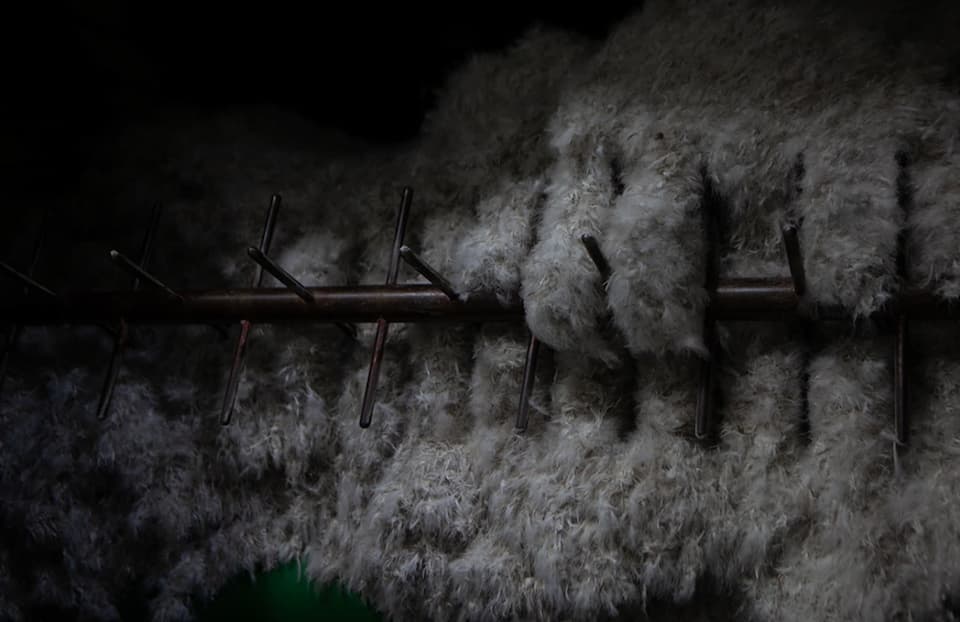LIVE PLUCKING
The most egregious and shocking practice is the collection of material through the live plucking of the birds. Down is not unlike the undercoat of a dog which older birds will periodically shed or molt. This material, in the past, was collected by hand and referred to “hand collected” down. The down naturally shed by the birds can be extremely high quality with extremely large strong clusters.
As certain farmers realized the value of this material, it degenerated into a practice where the down is picked from the birds, feathers and all, whether they are naturally shedding or not. This is extremely harmful to the birds and a practice we have always abhorred.
Most birds in the industrial farms go to processing for food at between 6-8 weeks for Duck in China and 12-16 for Goose (both are slightly older in Europe). In the vast majority of the supply chain, there is no possibility for live plucking since the birds are so young at time of processing. Live plucking only has the possibility to happen on parent farms where the birds are allowed to live for several years. But even at that, there has only ever been evidence of this happening at White Goose Farms. So considering the global supply chain, it is 1/4 of a small percent of the total farms that is even at risk. It has been estimated that only 1-2% of the down supply chain is at risk for this practice. And the material collected will always test at 800 fill power or above. Because this is the higher value down, anything that is not white goose down above 800 fill power isn’t even at risk for this practice.
FORCE FEEDING
The other practice we, at ALLIED, have long made a commitment to not source is from birds that have been force fed for the foie gras industry. At the end of their lives, these birds are forced to gorge on a diet of corn which makes their livers extremely fatty. Again, this is an exaggeration of a naturally occurring process whereby birds in the wild will overeat in anticipation of a long journey as they migrate. The practice of forcing the birds to feed, however, has become a practice that covers most duck supply chains through central Europe. ALLIED has made the commitment to never procure from farms that engage in this practice at any point throughout the year.
Aside from those two unique issues we deal with, we continue to work with farms to improve the lives of the birds and constantly reconsidering what “best practices” mean to animal husbandry.


